The Museum of Flight in Seattle, Washington, is the largest independent, non-profit air and space museum in the world. The J. Elroy McCaw Personal Courage Wing is a two-story gallery that highlights the stories of courage, dedication, heroism and the triumph of the human spirit of those involved in fighter aviation in World War I and World War II. Shown below are some of the World War II American fighters which were on display.
Curtiss P-40N Warhawk
At the beginning of World War II, the Curtiss P-40 was obsolete, but it was available and being efficiently mass produced. Nearly 14,000 were produced. The most famous P-40 unit was undoubtedly the American Volunteer Group (AVG), better known as the "Flying Tigers," who had great success flying the type in China in early 1942.
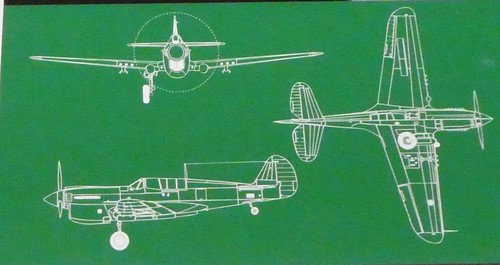
The Curtiss P-40 has a cruising speed of 240 mph, a top speed of 350, a range of 750 miles, and a service ceiling of 31,000 feet.
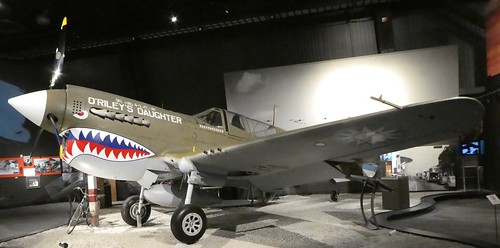



Lockheed P-38L Lightning
Originally conceived as a high-altitude interceptor to meet a 1937 Army Air Corps requirement, Lockheed's Model 22, designated P-38 Lightning, was to become one of the most successful fighters of World War II. About 10,000 were produced. The most distinguishing feature of the P-38 was its podded fuselage and unusual twin-boom tail assembly.
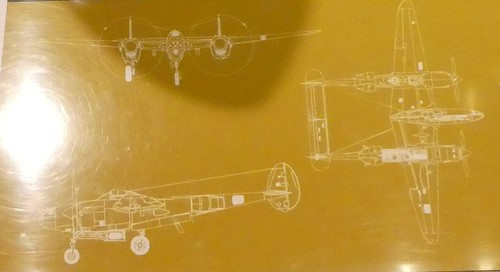
The Lockheed P-38 has a cruising speed of 290 mph, a top speed of 414, a range of 450 miles (1,125 miles with drop tanks), and a service ceiling of 44,000 feet.
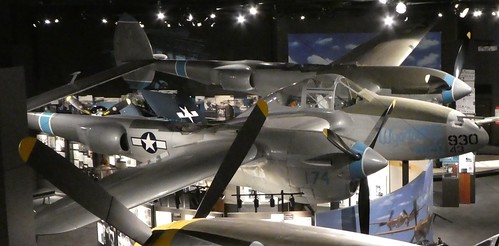

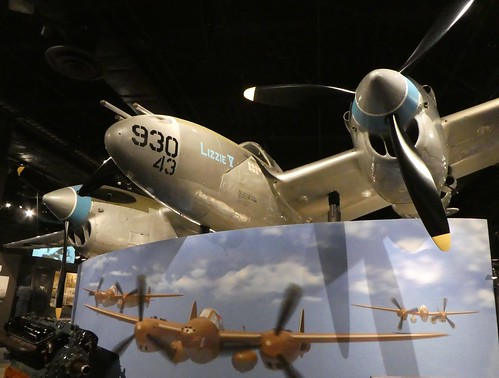

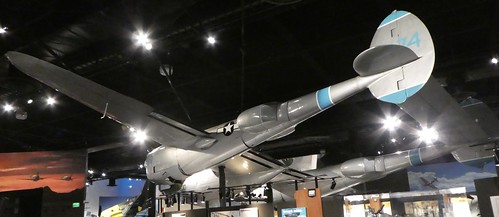
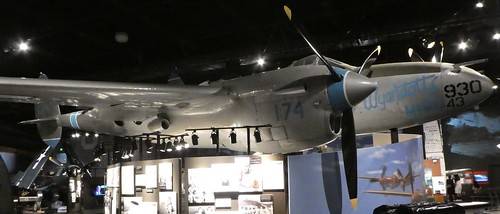
Republic P-47D Thunderbolt
Republic's immense and powerful P-47 Thunderbolt was one of the truly great fighters of World War II. Designed under the leadership of Alexander Kartveli, the Thunderbolt provided stout protection for the pilot, and its rugged construction and air-cooled engine allowed it to withstand battle damage. Additionally, its .50-caliber machine guns packed a punch in combat. It served effectively in air-to-air combat and bomber escort roles, but what it truly excelled at was ground attack. A total of 15,683 were built.

The Thunderbolt has a cruising speed of 340 mph, a top speed of 428, a range of 445 miles (950 miles with drop tanks), and a service ceiling of 42,000 feet.




North American P-51D Mustang
The North American P-51 Mustang was one of the most important aircraft, and arguably the finest all-around fighter type, of World War II. The prototype NA-73X first flew in October 1940. It was designed and built in 120 days in response to an urgent request by the British for a low-altitude fighter/reconnaissance aircraft. More than 15,000 were built.

The Mustang has a cruising speed of 362 mph, a top speed of 437, a range of 950 miles (1,650 miles with drop tanks), and a service ceiling of 41,900 feet.
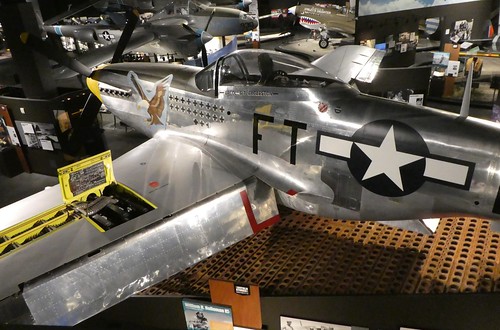


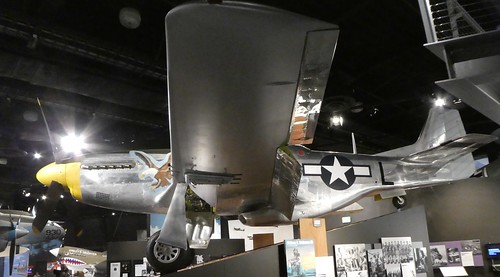
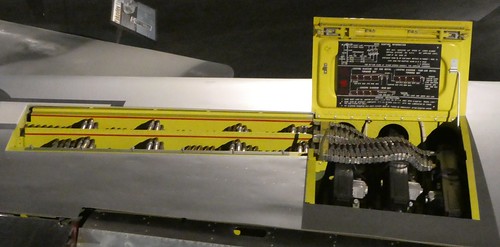

More World War II museum tours
Planes of Fame: P-38 Lightning (Photo Diary)
Yanks Air Museum: World War II Fighters (Photo Diary)
Evergreen Aviation: World War II fighters (photo diary)
Air Force Museum: World War II German Planes (photo diary)
Air Force Museum: World War II Japanese planes (photo diary)
Yanks Air Museum: World War II Bombers (Photo Diary)
Air Force Museum: The Memphis Belle (photo diary)
Air Force Museum: North American B-25 B Mitchell (photo diary)


